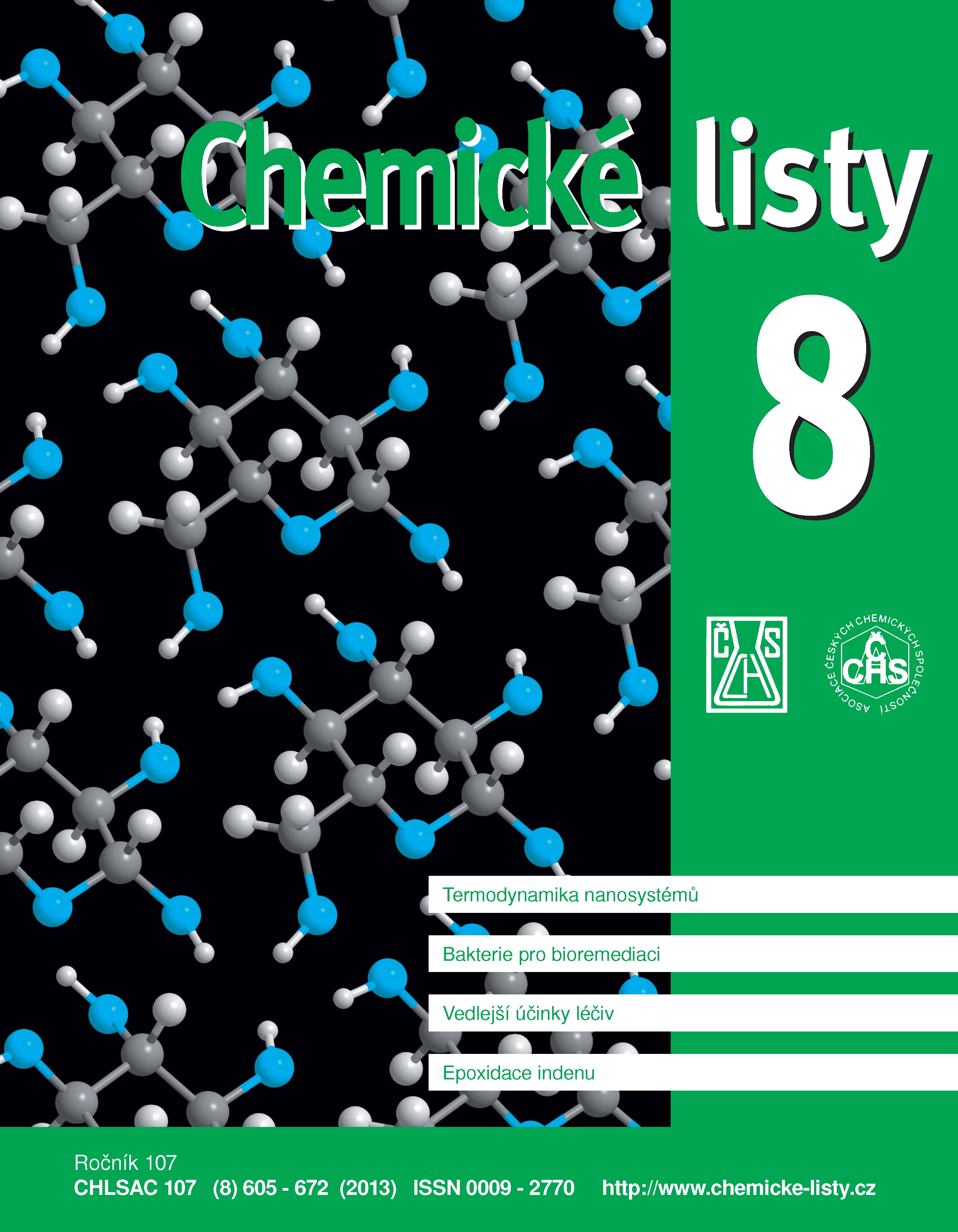Identification and Characterization of Bacteria with Bioremediation Potential: from Cultivation to Metagenomics
Keywords:
bacteria identification, bioremediation, cultivation, metagenomicsAbstract
Microbial bioremediation is based on the metabolic activity of certain populations capable of transforming or assimilating unusual substrates, including xenobiotics. Plants, on the other hand, have only limited ability to mineralize such substrates; they rather transform and store them in vacuoles or cell wall structures. Yet plants are often important for microbial activities. The rhizosphere is a hotspot of plant-microbe interactions. Identification and characterization of microorganisms in contaminated environments is essential for (i) assessing the bioremediation potential of intrinsic microflora, (ii) designing bioremediation strategies; and (iii) monitoring engineering bioremediation. The development of associated techniques – from cultivation to metagenomics – is illustrated by a case study.





